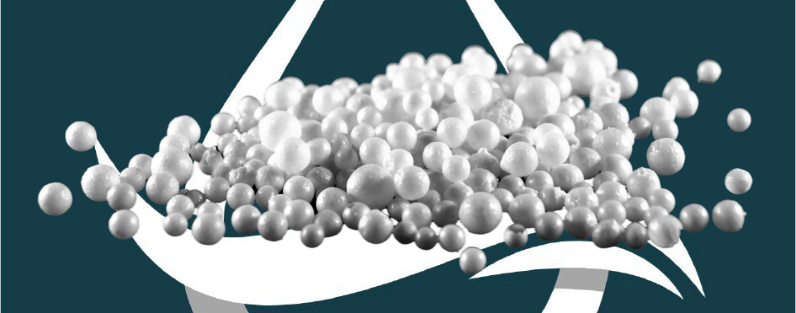Caustic soda, also known as sodium hydroxide (NaOH), is a key chemical component used in the alumina production process. Alumina, or aluminum oxide (Al2O3), is the primary raw material for the production of aluminum metal. The role of caustic soda in alumina production is immense, as it aids in the extraction of alumina from bauxite ore and plays a crucial role in various stages of the process.
First stage: Digestion
The first stage of alumina production involves the digestion process, where bauxite ore is crushed and mixed with a hot solution of caustic soda. This mixture is then heated under pressure to dissociate the aluminum and iron compounds present in the ore. Caustic soda acts as a strong alkali that dissolves the aluminum minerals, primarily gibbsite and boehmite, while leaving behind the iron compounds. This stage is essential as it enables the separation of alumina from impurities.
Second stage: Separation process
Once the digestion process is complete, the resulting solution – known as sodium aluminate – is subjected to a separation process known as precipitation. In this stage, carbon dioxide gas is bubbled into the solution, causing the sodium aluminate to react and precipitate out as pure alumina hydrate. Caustic soda plays a vital role during this precipitation, as it provides the necessary alkalinity to promote the conversion of sodium aluminate into alumina hydrate. It also aids in maintaining the appropriate pH levels for efficient precipitation.
Third stage: Separation
The next stage in alumina production is the calcination process, where the alumina hydrate, obtained from precipitation, is heated to drive off water molecules and convert it into pure alumina. Caustic soda is used in this stage to wash and filter the alumina hydrate, removing any residual impurities. The use of caustic soda ensures the production of high-quality alumina, which is essential for the subsequent production of aluminum metal.
Causticization
Moreover, caustic soda also finds application in causticization, a process that involves the recycling of caustic soda used in the digestion stage. Causticization involves the treatment of sodium aluminate solutions with lime (calcium oxide) to produce caustic soda and regenerate the lime for reuse. This process helps reduce the consumption of caustic soda, leading to cost savings and a more sustainable alumina production process.
Desilication agent
Another important application of caustic soda in alumina production is as a desilication agent. The presence of silica impurities in bauxite ore can have a detrimental effect on the quality of alumina produced. Caustic soda is used to react with the silica, forming sodium silicate, which can be easily separated from the alumina using specialized techniques. This desilication process helps ensure the production of high-purity alumina.
In conclusion, caustic soda plays a critical role in alumina production, aiding in the extraction of alumina from bauxite ore and facilitating various stages of the process. From the initial digestion process to the final washing and filtration of alumina hydrate, caustic soda is a necessary component to ensure the production of high-quality alumina. Additionally, its applications in causticization and desilication further contribute to the efficiency and sustainability of the alumina production process. Without the use of caustic soda, the production of alumina, and ultimately aluminum, would be significantly hampered.









